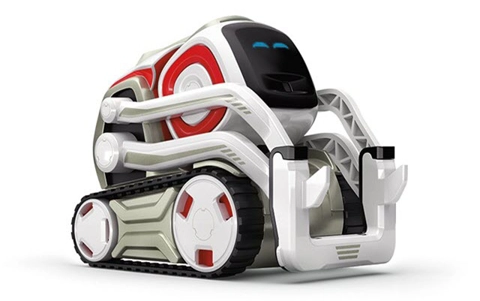Digital Pets at Ashwood School, Victoria
A typical class size at Ashwood is between 10–12 students, with a range of abilities and splinter skills across all learning areas of the curriculum. Most students find abstract concepts challenging, so we support learning through the use of carefully selected concrete materials and visual aids. To ensure that all students can access the Digital Technologies curriculum, we need teaching resources that are both intuitive and that cater to a range of abilities.
Additional details
| Year band(s) | Foundation, 1-2, 3-4, 5-6 |
|---|---|
| Content type | School stories |
| Format | Web page |
| Technologies & Programming Languages | Robotics and drones |
| Integrated, cross-curriculum, special needs | Inclusive education |
| Organisation | ESA |
| Copyright | Creative Commons Attribution 4.0, unless otherwise indicated. |
Related resources
-
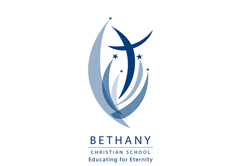
Design thinking and digital technologies
A school's journey in implementing the Australian Curriculum: Digital Technologies
-

Computational thinking in a creative learning environment
At this small NSW school the teachers at the school embarked on a project focusing on student engagement.
-
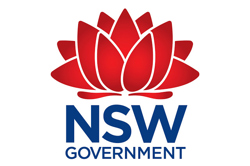
Robotics through coding
Read the article in this Scan magazine by Kylie Burrett, a teacher librarian at Whitebridge High School, who explains how a lunchtime robotics and coding club has helped students to engage with technology and learn essential 21st century skills.
-
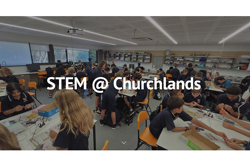
STEM ideas
A cross curricular learning program designed to prepare students for the jobs of tomorrow.
-
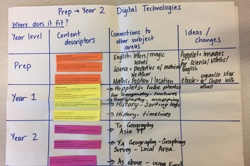
St Finbarr's School - Professional Development makes a difference
Emily Olsen describes the key elements that led to change in her school.
-
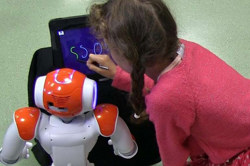
Learning by teaching ... A robot
How can an artificially-intelligent robot help children improve their handwriting skills?
-
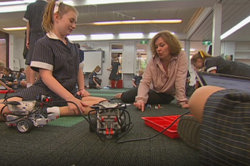
Now we are sort of testing the limits
Should learning computer coding be compulsory?
-
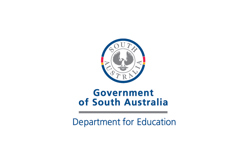
Programming interactive music
This South Ausltalian tecaher explains how he integrates programming and music.
